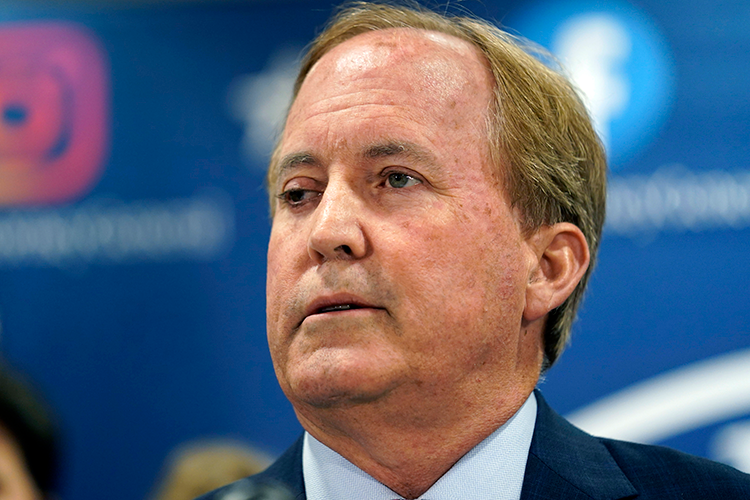Digital Burnout
The other day, a doctor asked, “Has the practice of law gone through dramatic change similar to the practice of medicine?” The instinctive answer is yes. A thoughtful answer is: “I hope not.” The correct answer is yes and no.
But what the doctor was really asking concerns the situation nearly every business finds itself in: Everyone is under pressure from competition, regulators, government and clients to produce more for less. And technology makes this possible.
Producing more legal service for less exponentially increases lawyer responsibility. This increases potential liability. It also can negatively affect the enjoyment of the practice.
For courts, technology has made it relatively easy to track objective facts like numbers of filings, numbers of opinions, time between submission of an issue and the court ruling on it. Most courts track those facts. But how many try to evaluate the quality of written opinions?
The pressure on most judges is not unlike the pressure on most lawyers: Get as much done as possible, as quickly as possible.
Some time ago, an antiques dealer brought a box of paper artifacts to David Hirsch. Among the items was a 1-cent postcard with a Rozetta, Ill., postmark of June 11, 1880. Addressed to Dr. J.P. Marsh of Kirkwood, Ill., the card reads: “Dr. Marsh sir please come over as soon as you can as my wife is not doing very well. John J. Green.”
Who knows whether poor Mrs. Green was even alive by the time Dr. Marsh arrived. But if she was, she sure got personal attention.
The practice of law and the administration of justice have changed about as much since 1880 as the practice of medicine. The pressure to cookie-cut a volume legal practice may result in wide distribution of legal services. But is the public being served with the quality it expects? Or is it getting frenetic lawyers and volume justice from judges using make-do resources?
How To Know When Trouble’s Looming
Because technology is hard to understand, it tends to be viewed with reverence, as if it can’t be wrong or, if it isn’t working right, it is “my fault” for not comprehending it. As a result, lawyers can be too accepting of technology that isn’t right for them and too impatient regarding technology that really is capable of improving not only the bottom line, but also the quality of output. Lawyers can reach technological burnout.
Here are some signs that you may be at the point of technological burnout:
• You have software (other than perhaps tax programs) that you have to constantly upgrade.
• Your computer-produced documents may be multifonted “masterpieces” with multipoint-sized type, but they are not as understandable as your human-produced documents used to be.
• People outside your office e-mail password-protected files, then ask you to call for the password.
• Computer security is enforced to the point that it interferes with communication and access, but physical security (like precautions regarding office wastebaskets, or talking in public places or on the phone) is generally overlooked.
• Your documents are always spell-checked but not always thought-checked.
With judicial budgets under pressure and firms focused on the bottom line, the temptation to use technology to focus on volume and speed over quality can be enormous. The key is to sensibly assimilate available technology with due attention to output quality.
Doing this requires understanding both your craft and technology and how they interact. And even that is not a complete solution. The systemization made possible by technology, even when done right, can create an impossible standard, forcing lawyers to “practice right” in every situation.
Technology is like any tool: It can be used for good and bad. Information and service anywhere, anytime is expected today. Because that is possible to a degree, it is good–but only to a degree.
David Beckman and David Hirsch practice in the law firm of Beckman & Hirsch in Burlington, Iowa. Contact Beckman by e-mail at [email protected] or Hirsch at [email protected].



